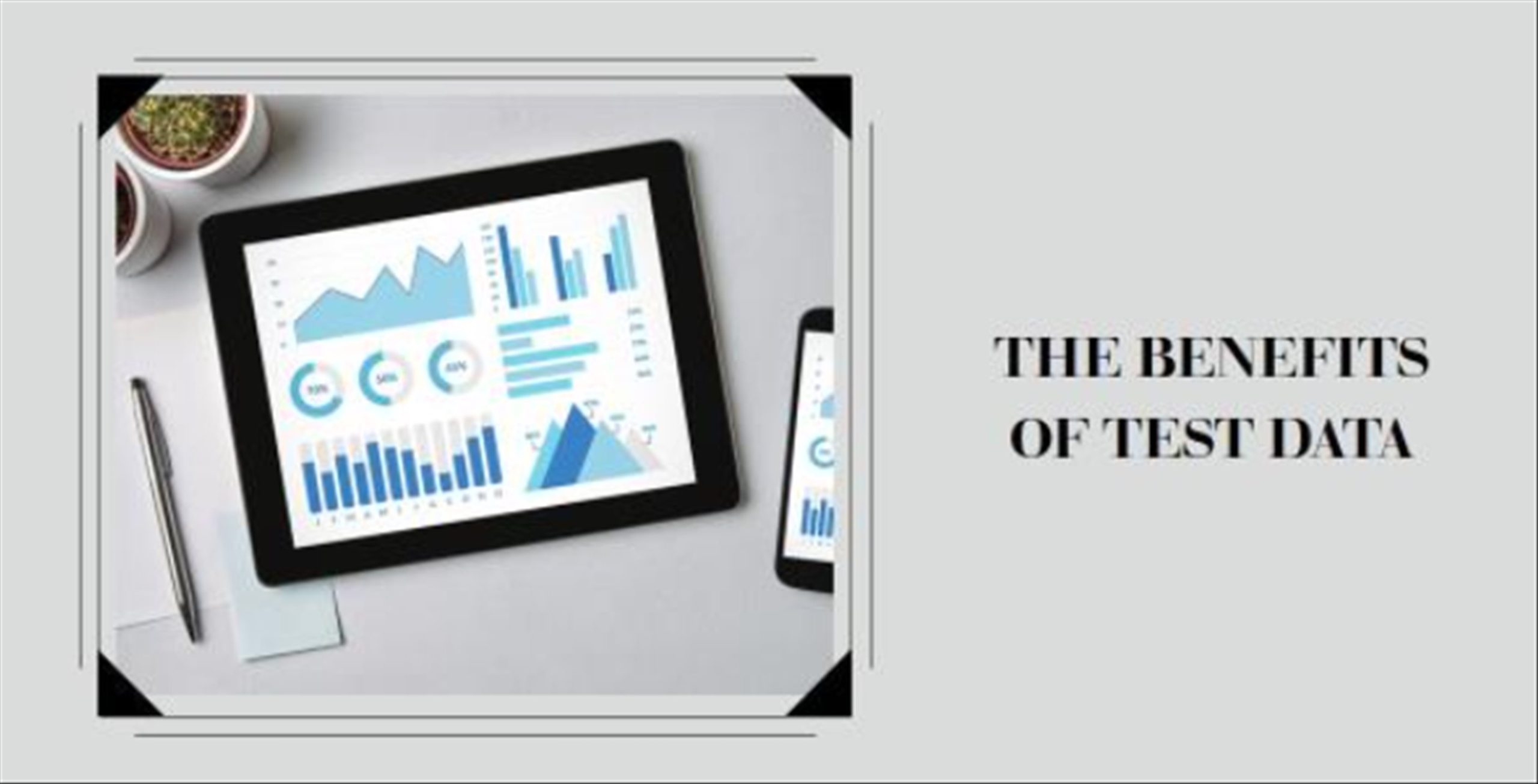
Note: This is a guest post written by Dan Martin – Test data is an important part of software testing. This will help ensure that applications are tested. The tests are for accuracy, reliability, and security. Test data is a set of input values that are used to test the functionality of software applications. It also verifies that they work as intended.
It is a critical component of the software development process. This is because it helps identify issues that may arise in real-world scenarios. It also allows developers to fix them before the application is released to end users.
Test data can come from various sources. These sources can be real-world data, synthetic data, or generated data.
Real-world data is taken from existing databases or systems. Synthetic data is created using algorithms or statistical models. Generated data is typically random. It can also be algorithmically generated. It is used when specific input values are not critical.
In this article, we will explore the benefits and challenges of test data management. We will also talk about the techniques that developers and testers can use. These techniques are intended to effectively manage test data.
The Benefits of Test Data

- Defects Identification
Test data management allows developers and testers to identify and address software defects. They do this before the application is released to end users.
Developers can identify bugs by testing the software with a wide range of data sets. They’ll also be able to identify errors and other issues. These issues could affect the application’s performance.
This will enable developers to fix these issues. Especially before the software is released to the public. This can save both time and money in the long run.
- Performance Optimization
Another benefit of test data management services is that it helps developers optimize the performance of software applications. Developers can identify potential bottlenecks by testing the software with different data sets.
Doing this test will also identify memory leaks and other performance issues. This allows developers to optimize the software’s performance. It will ensure that it runs smoothly and efficiently.
- Data Validation
Test data can also be used to confirm the accuracy and completeness of data stored in a software application. This is especially important for applications that rely on large data sets. These applications are databases or data warehouses.
Developers should test the software with different data sets. This will ensure that the application is stored. They will also be sure that it is processing data correctly. This will help prevent data corruption and other issues.
- Real-World Scenario Simulation
Another benefit of test data is that it enables developers to simulate real-world scenarios. Developers can test how the application behaves in different scenarios. They do this by testing software applications with realistic data sets.
This allows developers to identify potential issues that may only arise in real-world usage. These issues can be unexpected user behavior or edge cases that were not anticipated during development.
Developers should simulate real-world usage scenarios with test data. They can then ensure that the application meets the needs of end-users. They can also be sure that it delivers a positive user experience.
- Software Security
Finally, test data can be used to verify the security of software applications. Testing the software with different data sets will help developers identify potential security vulnerabilities. They can also ensure that sensitive data is protected.
This is especially important for applications that handle confidential information. These applications can be financial data, medical records, or personal information.
The Challenges of Test Data

- Test Data Management is Complex
One of the primary challenges of test data management is that it can be complex. Test data may come from a variety of sources and formats. Because of this, it can be challenging to ensure that it is accurate, relevant, and up-to-date.
Furthermore, test data management can be time-consuming and resource-intensive. It requires significant effort to collect, organize, and maintain.
- Test Data Privacy and Security
Another notable challenge with test data is privacy and security concerns. Test data can contain sensitive information. These can be personal data, financial information, or proprietary business data.
Thus, it is crucial to ensure that test data is adequately protected. It should be safeguarded against unauthorized access, disclosure, or theft.
- Test Data Availability
Test data can also be a challenge because of its availability. Sometimes, there may not be enough test data available to test an application thoroughly.
In other cases, test data may not be representative of real-world scenarios. This makes it difficult to simulate real-world usage patterns. It also makes it hard to identify potential issues that may arise in real-world usage.
- Test Data Relevance
Another challenge with test data is its relevance. The test data must be relevant to the software application being tested. It should also cover all possible scenarios. Otherwise, testing may not be detailed, and potential issues may go undetected.
- Test Data Accuracy
Test data must also be accurate to ensure that the application is being tested correctly. Inaccurate test data can lead to false positives or false negatives. This can make it challenging to identify the real issues with the application.
- Test Data Consistency
Test data must also be consistent across different testing environments. This is to ensure that test results are reliable and can be compared across different testing cycles.
The Techniques of Test Data

- Random Data Generation
A test data management strategy called random data generation is a technique used to create test data randomly. This technique is useful when the exact values of the test data are not essential. Random data generation can help ensure that all possible input values are tested.
- Boundary Value Analysis
This is a technique used to identify the minimum and maximum values of the test data. This technique is useful when testing applications that have specific input requirements. An example is a numeric field.
Developers should test the boundary values of the input fields. This will help them ensure that the application can handle these values correctly.
- Equivalence Partitioning
Another test data strategy is called equivalence partitioning. It is used to divide input values into equal groups. This technique is useful when many input values can produce the same output.
By testing one value from each equal group, developers can ensure that all possible input values are tested.
- Data Masking
Test data management data masking technique is used to conceal sensitive data in test environments. This technique is important when testing applications that contain sensitive data. These data can be personal data or financial information.
By masking the data, developers can ensure that it is protected against unauthorized access or disclosure.
- Synthetic Data Generation
The technique used to create test data that mimics real-world scenarios is called synthetic data generation. This test data management approach is useful when there is not enough real-world data available. It is also used when the real-world data is not fit for testing.
Synthetic data can be created to simulate different usage patterns and scenarios. This allows developers to test the application thoroughly.
- Data Subset Selection
Another one of the best practices for test data management is data subset selection. This is a technique used to select a subset of the test data for testing. This technique is useful when testing large data sets. This is because testing all the data may not be feasible.
By selecting a representative subset of the data, developers can ensure that the application is tested. It will also reduce testing time and effort.
The Conclusion
Test data is crucial for software development. This is because it helps developers and testers identify and fix issues before the application is released to the public. Test data management can be a complex process.
But it offers many benefits, such as optimizing the performance of software applications. It also offers to confirm the accuracy and completeness of the data and simulate real-world scenarios.
It also presents challenges, such as privacy and security concerns. This also includes test data availability, relevance, accuracy, and consistency.
Techniques such as random data generation and boundary value analysis can be used to manage test data effectively. Developers can also use equivalence partitioning.
By effectively managing test data, developers can ensure that applications are accurate. They can also be sure that it is reliable and secure. They can also be certain that it will provide a positive user experience.






